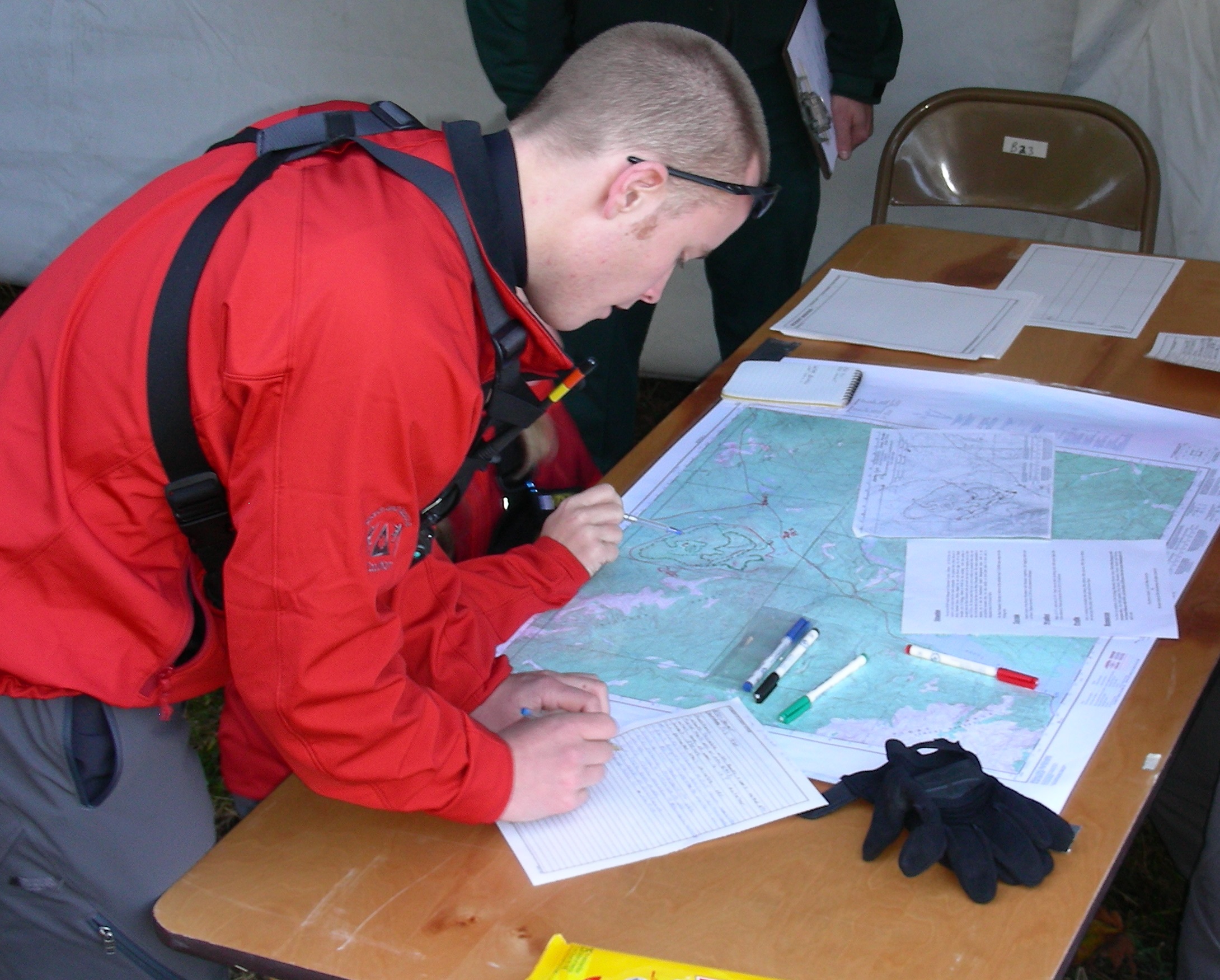The Shape of SAR in BC

Looking through the thousands of SAR incidents in BC since 1999, I can see there are already some interesting questions to be asked and answered by this dataset, but before going forward there’s some information that might shed some light on how SAR works in BC in the first place.
British Columbia sees about 1000 SAR incidents per year. Reputedly, this is more incidents than the rest of Canada combined (unable to find a reference for this number). However, they are not all simple missing persons.
SAR is divided into three areas: Air, which is covered by the Canadian Forces; Marine, which is covered by the Coast Guard (In Canada the Coast Guard is non-military); and Ground and Inland Water, which is covered by the RCMP or local police force. All three areas may have a volunteer component; for Air searches there is CASARA (the Civil Air SAR Association), a group of volunteer pilots and spotters that help for downed and lost aircraft. For Marine, the Coast Guard can enlist the support of local SAR teams, Lifeboat Societies and Coast Guard Auxiliary units. The RCMP delegate most wilderness and some urban missing persons reports to local SAR teams.
While the Provincial Emergency Program is the body that oversees SAR (and other emergency management) in BC, they do not track all marine and air SAR incidents unless they involve provincial resources such as a SAR team. For an offshore vessel in need of assistance, the Coast Guard will not need a SAR team’s help. and so this incident will be tracked by a different system. However, since CASARA responds to most air incidents (searches, not rescues), and SAR will often respond to crashes, many of these incidents are tracked by PEP. Looking through the data set, there are many times when the agencies work together.
In addition, not all searches are in the wilderness. If an Alzheimer’s patient wanders away, SAR is called to conduct the search. The same goes for children and minors. Vehicles over embankments, missing persons on the road, evidence searches, and suicidal, or “despondent” subjects of all descriptions are searched for by SAR volunteers.
The only task in the above list that is not tracked by PEP in this data set is the evidence search; these non critical searches are at the request of local police and RCMP and do not involve missing persons, just lots of hours of searching. They are noted in the weekly incident summaries and are excluded from the data set.
PEP divides the types of searches it tracks into Ground, Air and Inland Water – where Inland Water can mean lakes, rivers, streams, inlets and shorelines of all types. These categories handle all of the search types where PEP volunteers are likely to be employed, and represent a very good sample of the activity in BC.
Some final notes;
Ski hills in BC have highly trained professional and volunteer Ski Patrollers who perform many rescues within the boundary of the ski hill, and they also participate in rescued outside the boundaries when the subject has skied or boarded “out of bounds”. However, since many of the rescues are completely within the private boundaries of the ski hill, they are not tracked by PEP. Knowing quite a few ski patrollers, these incidents can number in the hundreds and run the gamut from lost skiers, avalanches, spinal injuries, and deaths.
Similarly, ski huts, chalets, and heli-skiing outfits may not report incidents that happen in their tenure, and are responded to by employees. Only when the incident is large enough to require outside assistance will PEP volunteers get involved, and then the incident is tracked. This also holds true for guided summer mountaineering and hiking.
Finally, lost or injured people who are not reported or “self rescue” are not tracked. These incidents can also number in the hundreds per year –some of these end up being tracked since a call the BC Ambulance for transportation will automatically generate a SAR response when the attendants realize that the incident is in the backcountry.

Here are some other "SAR" incidents that are done outside of PEP SAR teams
Police searches are frequently concluded without the assistance of SAR teams. From investigating unfounded searches before calling out teams to urban missing kids.
Park Ranger searches. Particularly National parks, but also GVRD, Hydro, BC Parks etc.
Ambulance "rescues" (even though BCAS "doesn't do rescue") are frequently completed in the gray area between what is a rescue and what isn't. Lots probably should be included as SAR tasks, but because of public assistance, private companies, BCAS Helicopter use, and fire department assistance, they frequently don't result in PEP task numbers.
Thanks for the feedback.
I forgot to mention that, for the purposes of statistics, the sample of SAR data can be regarded as a very good representative sample of the land, inland water and air SAR operations in BC; the incidents that are "almost SAR" can either be considered missing, and represented in the sample, or a different class of incidents.